
How Musicians Get Paid: Pt. 1
People on TikTok have been posting about music streaming royalties. And they're getting some of the details wrong.
Over the last month, I’ve seen TikToks detailing how you can make Spotify, or any music streaming service for that matter, lose money. The calculus these videos present usually goes something like this:
Music streaming service pays X dollars per stream
Music streaming service costs listener Y dollars per month
If I stream Z songs per month and Z * X > Y, then I’m stealing money from the big bad corporation
If math gives you the heebie-jeebies, here’s one of these videos “running the numbers” for a Spotify subscription.
 Tiktok failed to load.
Tiktok failed to load.Enable 3rd party cookies or use another browser
As someone who works on royalty payouts for a streaming service, I’m sad to bear the bad news that this math doesn’t really work. The reason for that is streaming payouts are stranger than you think.
Why Your Listening Habits Won’t Bankrupt Streaming Services
For subscription-based music services, royalties are not paid out at a fixed rate. What this means is that when listening to a song, the streaming service isn’t paying out a pre-set amount of money to the artist or label. That’s because payouts are based on stream share. Here’s a simplified example.
Let’s say we have 5 users who all pay $10 per month for a new music streaming service called MusicMania. Let’s assume that they each bought their subscriptions either through the Apple App Store or the Google Play Store. Apple and Google will take 30% of those transactions. (This Google/Apple tax was not made up for this hypothetical. They both take a 30% cut of most transactions on apps within their stores. Understanding that insanity is for another time.) Then let’s assume MusicMania takes 35% of the remainder, leaving 65% for the artists. Here’s a summary:
Gross Revenue: $50 (5 users paying $10 each)
Revenue Net Google/Apple Tax: $35
MusicMania Income: $12.25
Artist Income: $22.75
Now, let’s give those 5 users names: Tommy, Marsha, Suheil, Lydia, and Dwayne. Here is what they listened to in this fictional month:
Tommy: 90 streams of Drake and 25 streams of AC/DC
Marsha: 215 streams of Ed Sheeran and 5 streams of Drake
Suheil: 20 streams of Phoebe Bridgers, 20 streams of Taylor Swift, and 20 streams of Fleetwood Mac
Lydia: 50 streams of Jack Harlow and 50 streams of Phoebe Bridgers
Dwayne: 5 streams of Chris Dalla Riva
So how do these artists get paid? To reiterate, we aren’t taking some preset per stream rate and multiplying it by the artist’s streams. Furthermore, even though Dwayne only listened to my music, I’m not getting the entire share of his subscription (net Google, Apple, and MusicMania’s piece of the pie). Artists get paid whatever fraction of the stream share that they command. In other words, an artist’s payout is their streams divided by the total streams on the platform multiplied by the total artist revenue. Here’s how that would work in our fictional world:
Ed Sheeran: (215 streams of his music / 500 total streams across the platform) * $22.75 = $9.78
Drake: (95 / 500) * $22.75 = $4.32
Phoebe Bridgers: (70 / 500) * $22.75 = $3.19
Jack Harlow: (50 / 500) * $22.75 = $2.28
AC/DC: (25 / 500) * $22.75 = $1.14
Taylor Swift: (20 / 500) * $22.75 = $0.91
Fleetwood Mac: (20 / 500) * $22.75 = $0.91
Chris Dalla Riva: (5 / 500) * $22.75 = $0.23
When you hear people describe a per stream rate, what they are typically describing is the total artist payout a platform makes divided by the total streams on the platform. In our fictional world, the per stream rate would be $22.75 / 500, or $0.046. This is much higher than any imputed per stream rate you’ll find floating around the internet, but the spirit of the calculation generally holds.
It’s because of these mechanics that there’s almost no way to bankrupt a streaming service just through listening to more music. They are more or less just splitting their revenue with labels and artists. All you can do is try to drive up the stream counts for your favorite artists, so they get paid more.
Is this model fair? Shouldn’t the subscription payment from our fictional listener Dwayne go entirely to Chris Dalla Riva after payment processor and streaming service fees have been netted out? That’s all Dwayne listened to, right? I’d sure like that. But we’ll talk about the equity of this model and alternatives next week.
A New One
"Green Hearts" by Lil 50
2023 - Soulful Trap
Many rappers use the moniker “lil” for no reason other than that many great MCs have used it. Lil Wayne. Lil Kim. Lil Baby. Lil 50’s use of the adjective may partially be homage, but it’s also an apt descriptor. From what I’ve read, he’s no older than 15. When you hear his voice, that won’t shock you. He sounds like a freshman in high school. What will shock you is how fluid his bars are.
If you’re curious, artists went from calling themselves “Little” (e.g. Little Walter, Little Peggy March) to “Lil” (e.g. Lil Bow Wow, Lil Uzi Vert) sometime in the early 1990s. I found this out by running an analysis on every artist to chart a song on the Billboard Hot 100 between 1958 and 2022.
An Old One
"Lover" by Les Paul
1948 - Space Age Jazz
The first time I played a Gibson electric guitar, I assumed that the words “Les Paul” inscribed on the headstock were just branding created by a suit in the guitarmaker’s marketing department. I was wrong. Les Paul was not only a person, but arguably shaped popular music in the second half of the 20th century more than any other individual. He both helped invent the modern electric guitar and was a virtuoso on it, playing on a series of hits throughout the 1940s and 1950s.
You don’t have to listen closely to “Lover” for Paul’s six-string virtuosity to smack you in the face. But if you do take the time to admire the otherworldly twinkle of the track, you’ll get a sense for how Paul was also an innovator with recording technology.
“Lover” contains multitracked instruments, meaning Paul recorded himself playing with a recording of himself. The large majority of recordings you’ve heard in your life are multitracked, but in Paul’s day this technique was groundbreaking. In fact, Les Paul and his compatriots created the technology that made multitracking possible. “Lover” is testament to why Les Paul is the only person to be inducted into both the Rock and Roll Hall of Fame and National Inventors Hall of Fame.
Want to hear the music that I make? Check out my latest EP.
Need some more music to listen to? Here are some tunes that I’ve been digging.


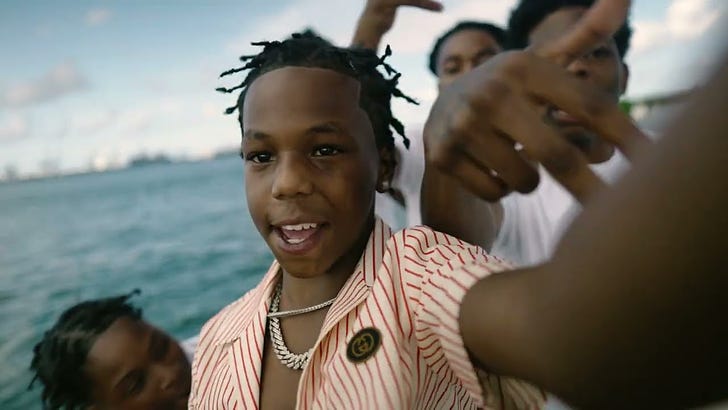


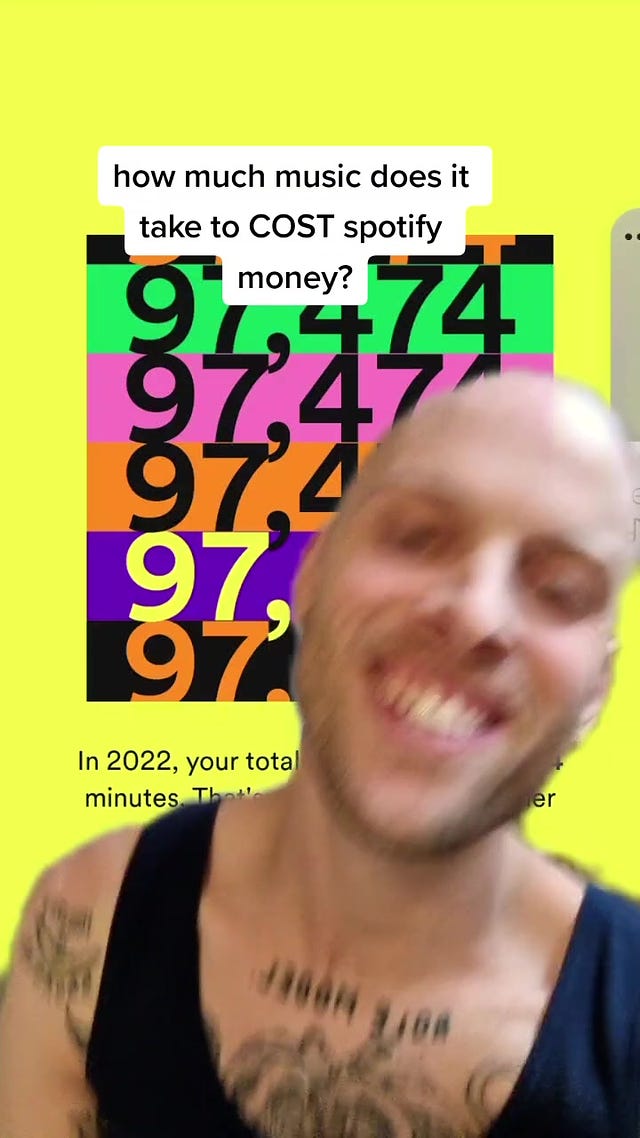





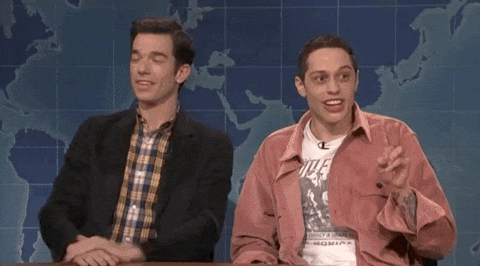

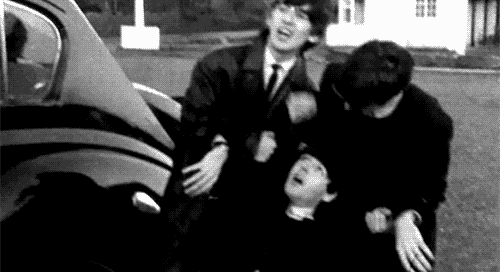

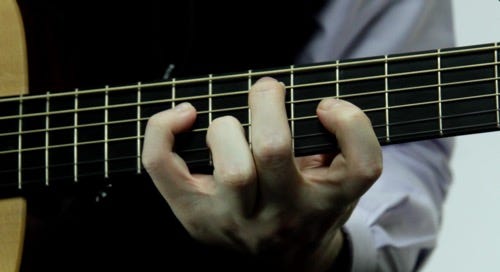


Bandcamp pays musicians a lot more for downloads. On their monthly Badcamp Fridays, all of the payment goes to the musicians with nothing deducted.